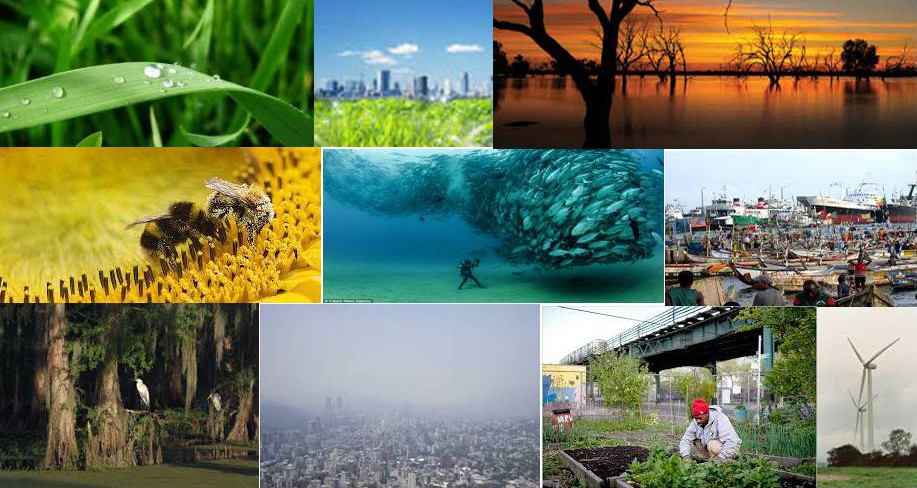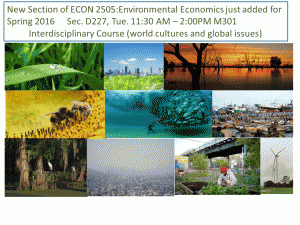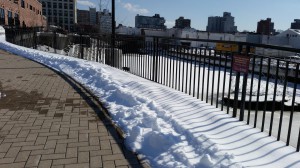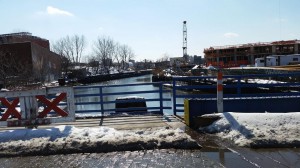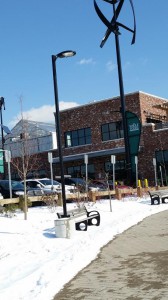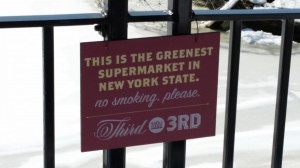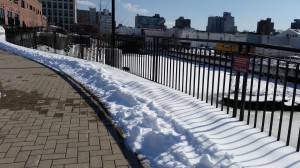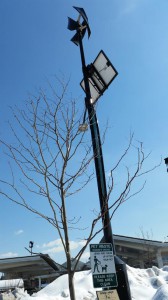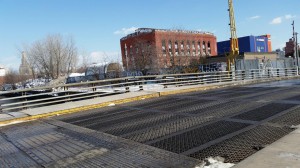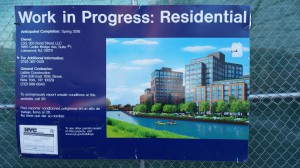Author Archives: Sean MacDonald
Pictures Gowanus Canal Tour
Important reminder regarding presentation materials
This is a reminder to those of you who gave your presentations this Monday, May 11. A few of you have not submitted either an annotated bibliography or one-page summary or both. These materials MUST be submitted by Thursday of this week at the latest to be receive credit for them as part of your final grade for the course.
These materials are an important part of the final presentation and they account for 15 percent of the presentation grade.
Final exam review material
Presentations May 4 2015
Students’ final presentations
The following is the schedule of presentations starting next Monday, May 4. Important: Please arrive to class on time at 11:30!! Presentations will begin at 11:30! You must attend class whether or not you may be presenting!.
Schedule of Presentations_May 4&11_2015
Reminder: Due next week: Hard copy only – no emails!: 1) Final annotated bibliography and 2) One-page summary of your research project following the indicated format.
I would like to post your presentations on the course Open Lab site, (unless you indicate that you wish it not to be) .
**(Note: some of you filled in more complete information on your topics, and that may not be reflected on this sheet. The last student to complete the info left with the list. I will get your complete topic information on Monday.
Final exam review sheet (partial)
This is a partial list of materials for the final exam; it will be updated in the next couple of weeks.
For students who missed Monday April 20 class assignment
For students who were not in class on Monday April 20 to complete assigned project:This assignment must be completed and submitted in hard copy by this Monday’s class on April 27.
To prepare for the in-class project tomorrow, please read the following article, “Rebuild by Design” article which describes several coastal renewal projects that are proposed for the New York metropolitan area. We reviewed one of these proposals, “The Big U” earlier in the semester. It is one among many that are planned for areas in and around New York City that are designed to provide protection from another major potentially damaging storm.
There are links in the article that provide more detailed information on each of these projects. You will be asked to choose to focus on one of the following for the in class project: 1) “The Big U” (Manhattan)
2) “Living Breakwaters” (Staten Island)
3) “Living with the Bay” (Long Island)
4) “Blue Dunes: The Future of Coastal Protection”
5) “Hunts Point Lifelines” (Bronx)
The links to following two articles provide details on these projects. Please either print a copy or (if you have a tablet or laptop, bring this to class so that the readings and the links to additional information that they provide can be accessed.
The questions to be answered are included here (at bottom).
http://www.rebuildbydesign.org/winners-and-finalists/
Assigned reading for Monday April 20 to prepare for in-class project
To prepare for the in-class project tomorrow, please read the following article, “Rebuild by Design” article which describes several coastal renewal projects that are proposed for the New York metropolitan area. We reviewed one of these proposals, “The Big U” earlier in the semester. It is one among many that are planned for areas in and around New York City that are designed to provide protection from another major potentially damaging storm.
There are links in the article that provide more detailed information on each of these projects. You will be asked to choose to focus on one of the following for the in class project: 1) “The Big U” (Manhattan)
2) “Living Breakwaters” (Staten Island)
3) “Living with the Bay” (Long Island)
4) “Blue Dunes: The Future of Coastal Protection”
5) “Hunts Point Lifelines” (Bronx)
The links to following two articles provide details on these projects. Please either print a copy or (if you have a tablet or laptop, bring this to class so that the readings and the links to additional information that they provide can be accessed.
A set of questions to be answered for this project will be distributed in class.
http://www.rebuildbydesign.org/winners-and-finalists/
Building for the Next Big Storm
April 13: What are the weaknesses of GDP as a measure of economic growth?
Read the following two articles and post a response to one of the two questions that follow. You must complete your post by Saturday, April 11.
Greening-the-Gross-Domestic-Product
(1) In “Voices: Greening the Gross Domestic Product,” Garrett C. Groves and Michael E. Webber point out that policy makers are often pressured to choose policies that prioritize either the economy or the environment. Groves and Webber argue that this is a false choice – that policy makers should prioritize both. What are the problems with the way in which Gross Domestic Product is currently measured that make this a challenge?
(2) In “The GDP Myth: Why Growth isn’t always a good thing,” the authors cite several sources of growth that have had negative impacts on economic growth. Identify one of the reasons they site and explain why this source of growth is actually harmful to the economy. __________________________________________________________________________________________________
Optional extra credit assignment (for those who wish): answer the following question in a typed one-page short essay. It should be submitted by April 27.
According to Rowe and Silverstein, the assumption about GDP growth among most economists is that “It makes no difference where the money goes, and why. As long as the people spend more of it, the economy is said to ‘grow.’” Thinking back to earlier class discussions about the environmental consequences of unplanned, unrestricted growth for its own sake, what are some of the problems with this view of growth and why?
